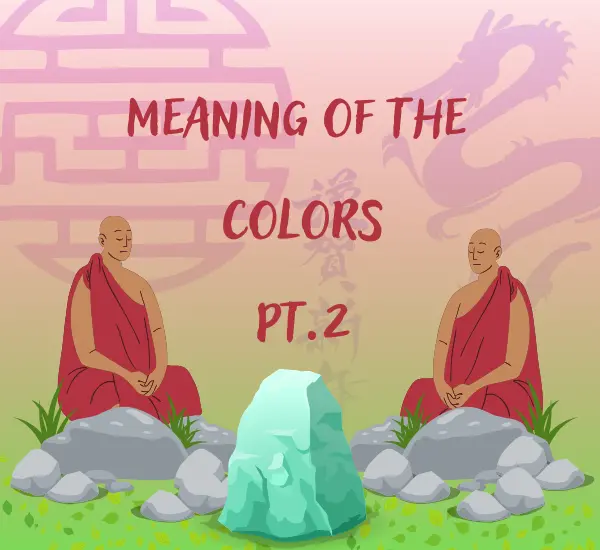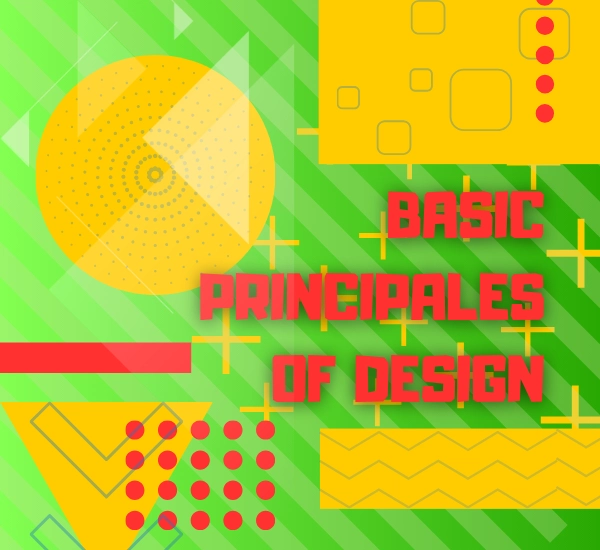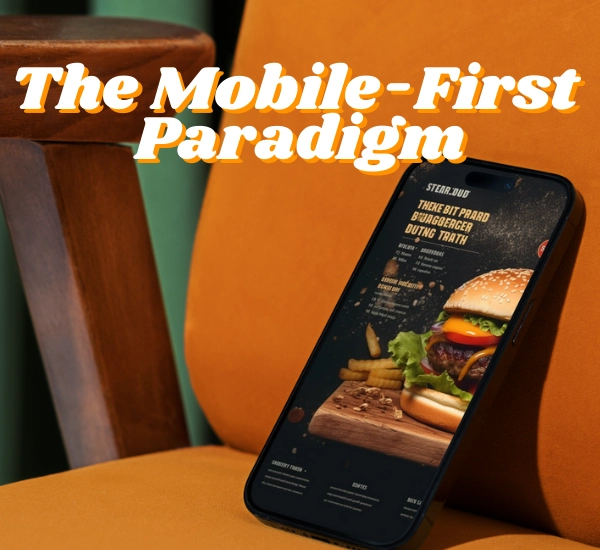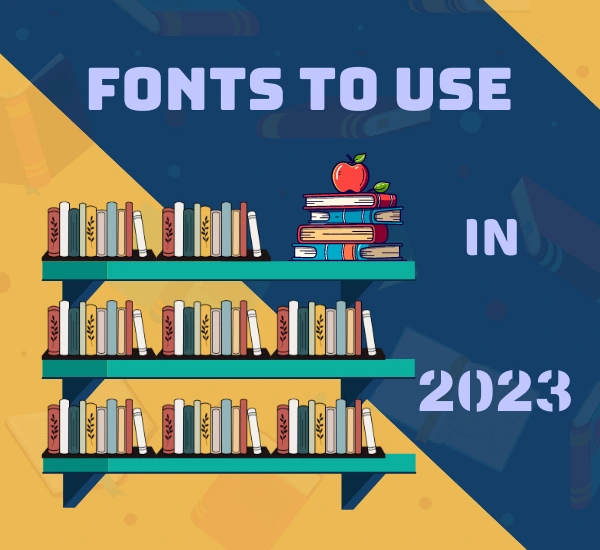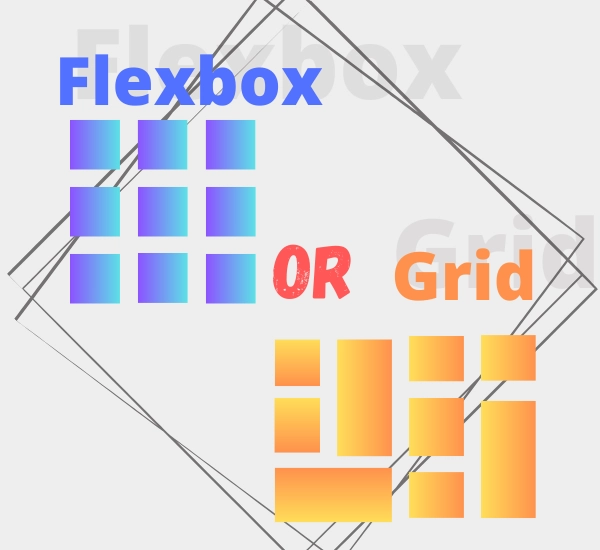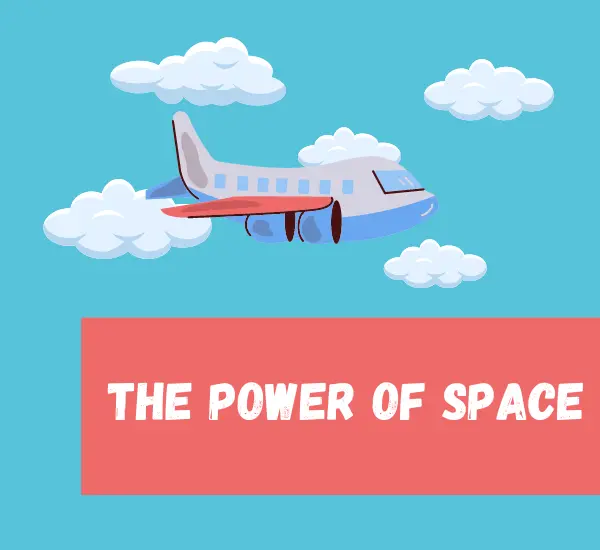
The Power of Space in Web Design
Introduction
Web design is a task that involves considering multiple aspects such as layout, colors, typography, and graphics. However, one of the most crucial yet often underestimated elements is space. In this article, we will explore how using space effectively can significantly impact the aesthetics, readability, usability, and overall effectiveness of our web design projects.
Why Space Matters?
Both positive space (also known as „positive area”) and negative space („negative area” or „white space”) play a vital role in web design. Skillful use of space enhances the thoughtfulness, aesthetics, and readability of our designs. It allows elements to stand out, facilitates navigation, and imparts a sense of lightness and order to the web page.
Aesthetics and Readability
Space has a profound impact on the aesthetics of a design. An open and spacious layout can be more visually appealing and pleasant to the eye. By avoiding clutter and excessive information, space allows users to focus on the most important elements of the page.
Moreover, the appropriate amount of space between elements improves readability. Ensuring adequate spacing between headers, content, buttons, and more makes text more enjoyable to read and helps users find what they are looking for easily.
Usability and Navigation
Space significantly influences the usability of our designs. Too much information in a limited area can overwhelm users and hinder their ability to locate desired elements. Through thoughtful use of space, users can easily find what they need, enhancing their overall browsing experience.
The space between navigation and interactive elements, such as buttons, links, or forms, prevents accidental clicks and facilitates user interaction, especially on mobile devices.
Context and Hierarchy
Space also aids in distinguishing important elements and providing context. By skillfully using space, we can emphasize headers, calls-to-action, and other critical elements that matter most to our users.
Additionally, space helps create a clear hierarchy of information. Essential elements can be larger and more prominent, while less important ones may occupy less dominant positions. This enables users to quickly find crucial content and navigate through the web page with ease.
Conclusion
Space is a crucial element in web design. Thoughtful use of space can greatly enhance the aesthetics, readability, and usability of our projects. Let’s strive for a balance between content and space, avoiding overcrowding and maintaining a light composition. Utilizing space to highlight key elements and establish clear hierarchies will lead to more engaging and user-friendly web designs.





